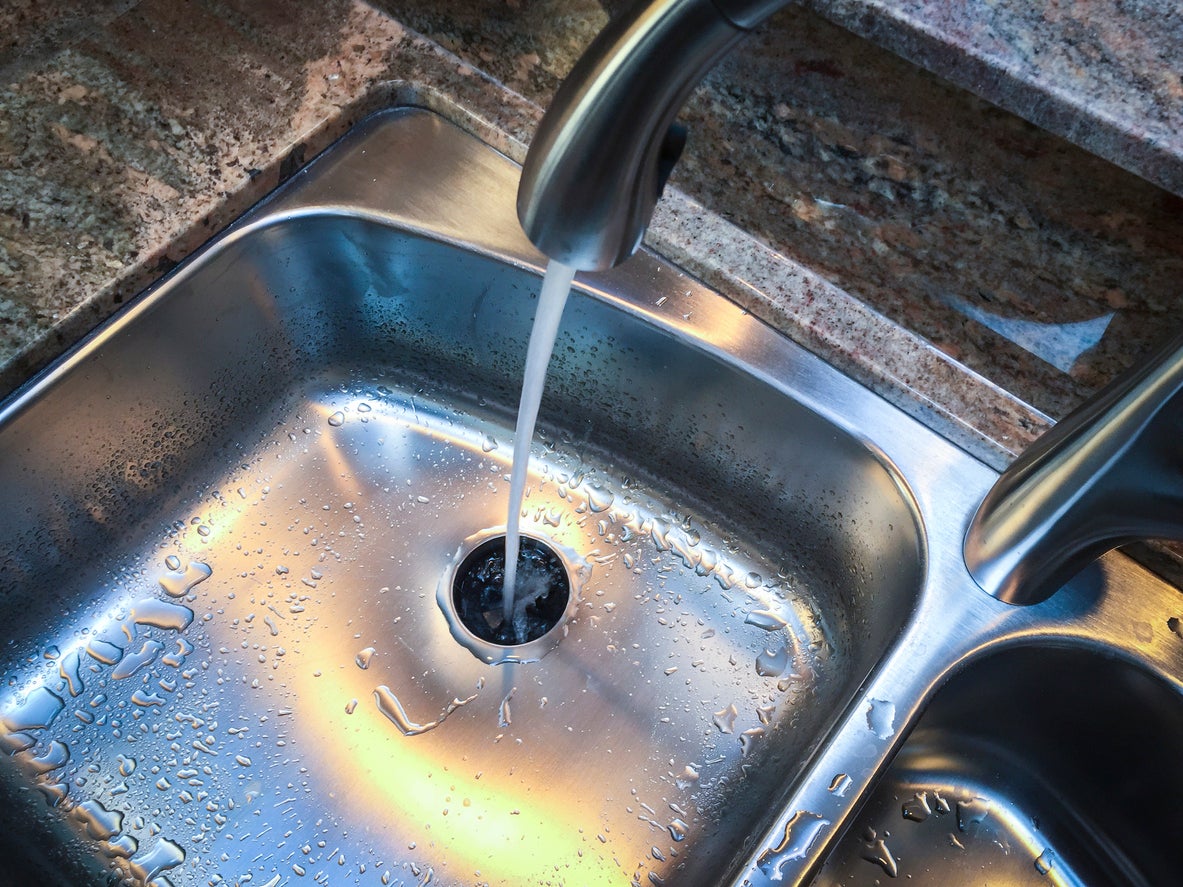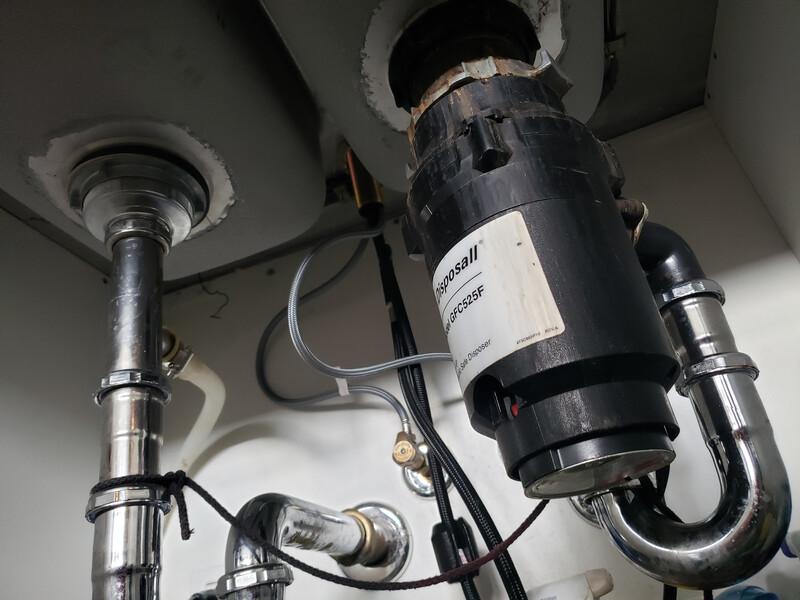An Comprehensive Guide to Fixing a Leaky Garbage Disposal
An Comprehensive Guide to Fixing a Leaky Garbage Disposal
Blog Article
This post listed below involving The Handy Guide To Fixing Your Garbage Disposal Leaking is fairly interesting. You should investigate for yourself.

Waste disposal unit are essential cooking area appliances that aid in throwing away food waste effectively. Nevertheless, a dripping waste disposal unit can be a discouraging and unpleasant trouble to take care of. Luckily, lots of leakages can be fixed conveniently with a few basic steps. In this short article, we will certainly discuss just how to deal with a leaking garbage disposal successfully.
Introduction
Waste disposal unit are installed under kitchen area sinks and are designed to shred food waste right into smaller sized items, enabling it to go through the plumbing system conveniently. While these gadgets are generally reputable, leaks can happen in time because of wear and tear, loosened connections, or damage to the system.
Step-by-Step Overview to Fixing a Dripping Waste Disposal Unit
Shut off the Power
Before trying any fixings, ensure that the power to the waste disposal unit system is turned off to prevent the danger of electric shock.
Situate the Leak
Determine the exact area of the leakage and figure out the reason
Tighten up Links
Use a wrench to tighten any loose connections in between the disposal system and the pipes system.
Change Seals or Gaskets
If the leak is because of worn seals or gaskets, eliminate the old components and change them with brand-new ones.
Patching Fractures or Holes
For splits or holes in the disposal device, usage epoxy or an ideal patching product to seal the damaged location.
Determining the Source of the Leak
Prior to attempting to deal with a dripping garbage disposal, it is necessary to recognize the source of the leakage. This can usually be done via visual inspection or by conducting straightforward tests.
Visual Inspection
Examine the garbage disposal system thoroughly for any kind of indicators of water leakage. Pay attention to locations around seals, gaskets, and link factors.
Examining for Leaks
One means to examine for leakages is by running water through the disposal unit and looking for any type of visible signs of leakage.
Usual Sources Of Leakages in Waste Disposals
Worn Seals and Gaskets
Seals and gaskets play a crucial duty in avoiding water from dripping out of the garbage disposal. In time, these parts can wear away, resulting in leaks around the disposal unit.
Loose Links
The connections in between the waste disposal unit and the plumbing system can end up being loosened with time, causing water to leakage out throughout procedure.
Fractures or Holes in the Disposal Unit
Physical damages to the garbage disposal, such as splits or openings in the housing, can likewise cause leakages.
Devices and Materials Needed for Repairing a Leaking Garbage Disposal
Prior to starting the repair service procedure, gather the essential devices and materials, including a screwdriver, flexible wrench, plumbing technician's putty, substitute seals or gaskets, and epoxy or patching product for repairing fractures or openings.
Checking the Waste Disposal Unit After Fixing
When the repair is total, evaluate the waste disposal unit by running water with it to make certain that the leakage has been solved.
Preventive Maintenance Tips to Prevent Future Leakages
To avoid future leakages, it is important to perform routine upkeep on your waste disposal unit. This consists of keeping it clean, avoiding placing non-food products or difficult things down the disposal, and occasionally looking for leaks or various other issues.
Conclusion
In conclusion, dealing with a dripping waste disposal unit is a reasonably uncomplicated procedure that can be finished with basic devices and materials. By complying with the actions described in this write-up and practicing precautionary maintenance, you can keep your garbage disposal in good working condition and prevent costly fixings in the future.
HERE’S HOW TO FIX YOUR GARBAGE DISPOSAL
WHAT TO DO IF SOMETHING IS STUCK IN YOUR GARBAGE DISPOSAL
If the impeller won’t turn, there’s probably something stuck in the disposal. It could be a steak bone or peach pit, although plumbers report pulling all sorts of inappropriate objects out of disposals, such as bottle caps or aluminum foil. Make sure power to the disposal is off, and look inside to see if you can see the source of the jam.
Never stick your fingers in a disposal. Pull out anything you see with tongs or pliers.
If the disposal still won’t work, it may be time to call a plumber or consider buying a new disposal. GEM Plumbing & Heating is here for all of your garbage disposal needs.
WHAT TO DO IF YOUR GARBAGE DISPOSAL DRAIN IS CLOGGED
Take everything out from underneath your sink and put a bucket or other container under your disposal to catch any water that drains out. Disconnect your disposal from the power supply. If it’s plugged into a wall outlet, unplug it. If it’s hardwired into an electrical box, go to the electrical panel and turn off the breaker for the disposal. Pour ¼ cup of baking soda into the drain, followed by ½ cup of white vinegar. Give the solution a few minutes to fizz and do its work. Look into the disposal with a flashlight to see if you can see an object that might be causing the clog. If you see it, remove it using tongs or pliers. MORE TIPS ON DEALING WITH A CLOGGED GARBAGE DISPOSAL
Never use drain cleaner in a garbage disposal. It can damage the plastic parts inside the disposal. You can also be splashed with the caustic liquid while working to clear the clog. Beware! Never stick your fingers into a garbage disposal. Trust us — not a good idea. In many instances, your dishwasher drains through your garbage disposal. This allows the disposal to grind any large food particles that may be drained out of your dishwasher. There are some jurisdictions, however, where the plumbing code prohibits such a connection. WHAT TO DO WHEN YOUR DISHWASHER DRAINS THROUGH THE DISPOSAL
Run some water in the sink so your plunger has at least a ½-inch of water to create a seal and plunge vigorously up and down several times. You may need to repeat this several times. Run hot water down the drain to clear any residue that remains.

Hopefully you enjoyed our piece about Why Is . Many thanks for taking a few minutes to read through our short article. Do you know somebody who is fascinated with the niche? Why not share it. Thanks so much for your time invested reading it.
Source Report this page